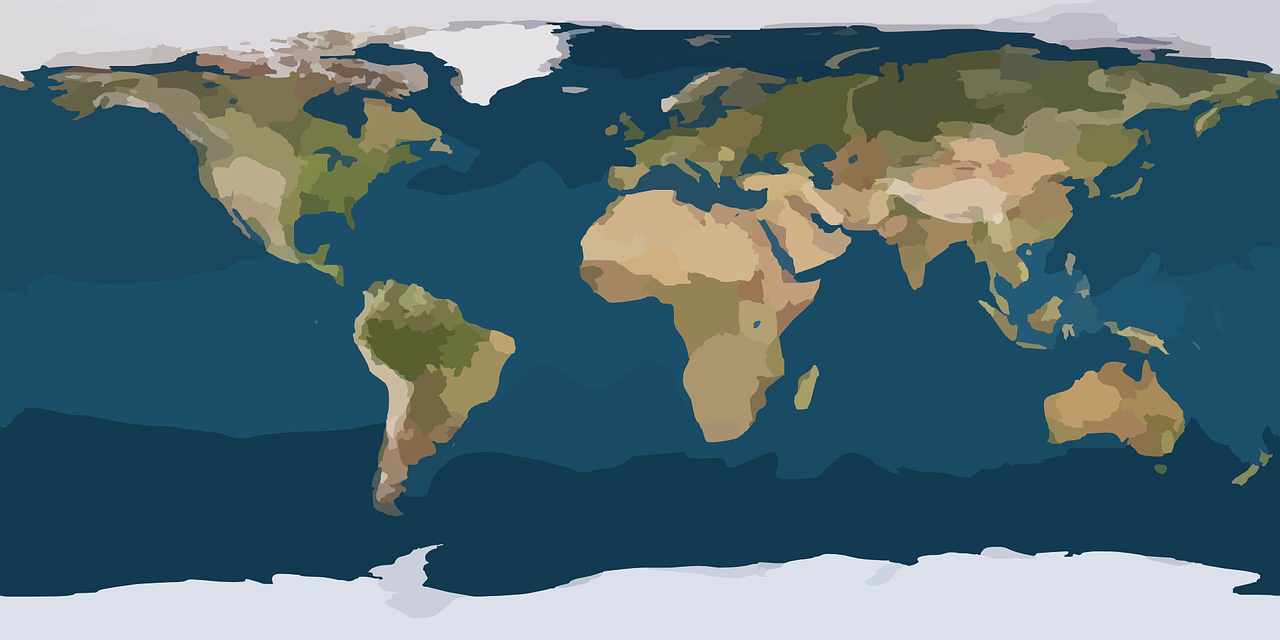Investors around the world are aware that the asset growth and the prolonged period of low interest rates that defined the decade-plus bull run are unlikely to return any time soon, according to Cerulli Associates’ latest report, Global Markets 2023: A Changing World. Product development and innovation will be vital for asset managers seeking to retain and win business in the coming years.
“The mutual fund industry demonstrated resilience last year, achieving growth despite the volatile market environment,” says André Schnurrenberger, managing director, Europe at Cerulli Associates. “We believe the best opportunities for asset managers exist in specialist areas such as responsible investment and alternatives, as well as the wealth management channel.”
In the highly competitive U.S. market, product strategy and innovation are driven by the fact that many investment products are viewed as lacking differentiation. Cerulli believes that, to satisfy the unique needs of investors, asset managers need to deliver more solutions across a broader range of vehicle structures and provide scalable solutions that can be customized at the individual investor level. Firms that have built their businesses on the backbone of the mutual fund structure over several decades need to determine which direction to pivot their offerings to retain assets.
In Hong Kong, product innovation has been seen in the exchange-traded fund (ETF) segment, with developments in virtual asset; technology; and environmental, social, and governance (ESG) ETFs, among others. Korea has also seen developments in the ETF space, where regulation has been eased since the end of 2022, allowing product diversification.
This has led to innovations such as ETFs tracking new underlying indices that are not usually tracked or customized, hybrid ETFs centered on a single stock, and maturity-matching bond ETFs with a lifespan.
In China, the assets of ETFs, excluding money market ETFs, increased by 19.8% to RMB1.3 trillion (US$200 billion) last year as innovative products such as bond, index enhanced, cross-border, and themed ETFs boomed. Meanwhile, in the U.S., where the ETF has historically been linked to index strategies, there has recently been increased product development in actively managed ETFs, including mutual fund conversions.
In Singapore, Cerulli believes there is scope for innovation in ESG and alternatives, particularly in the high-net-worth (HNW) segment. For example, Abrdn has launched an ESG-focused Asian high-yield bond fund targeting retail investors. In the investment-linked product (ILP) space, local insurers are not only putting emphasis on sustainability and looking for related investment solutions, but also continuing to launch new and innovative ILPs and search for underlying funds.
The importance of ESG criteria to Swedish institutional investors means opportunities exist for asset managers that can demonstrate a clear, transparent, and repeatable sustainable investment process. Those that can support innovative and forward-looking approaches to environmental themes will be particularly in demand among smaller pension funds seeking efficient exposures.
“Climate and environment-themed funds have so far dominated ESG product development, but we are seeing plenty of activity in impact investing,” says Schnurrenberger. “In Singapore, for example, the DBS Asia Impact First Fund, which was launched in August 2022, seeks to provide capital to social enterprises that focus on social and environmental issues in Asia.”




